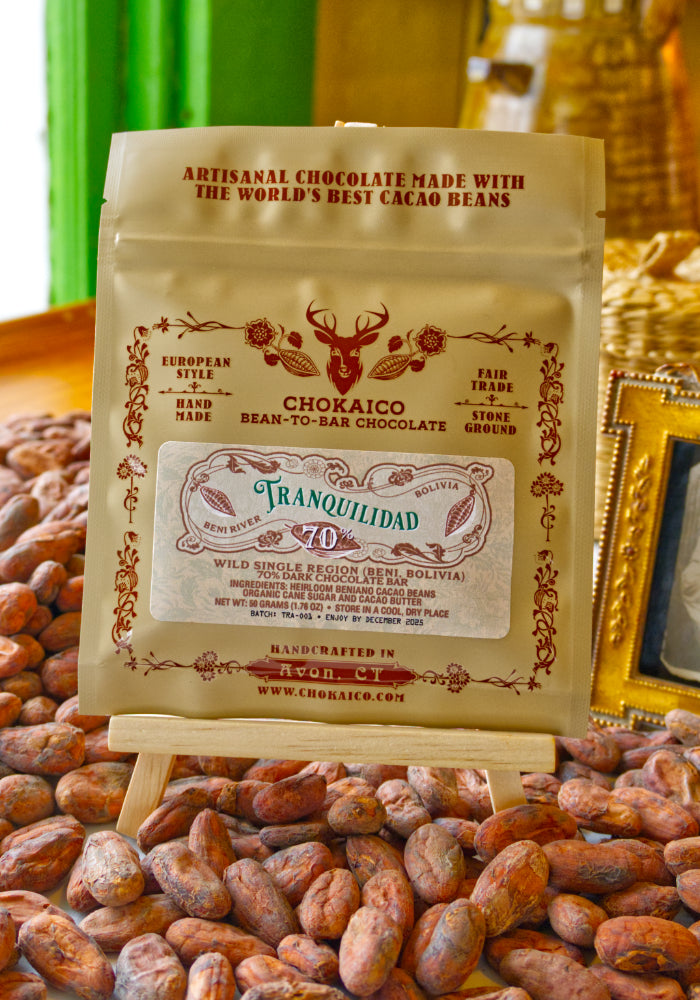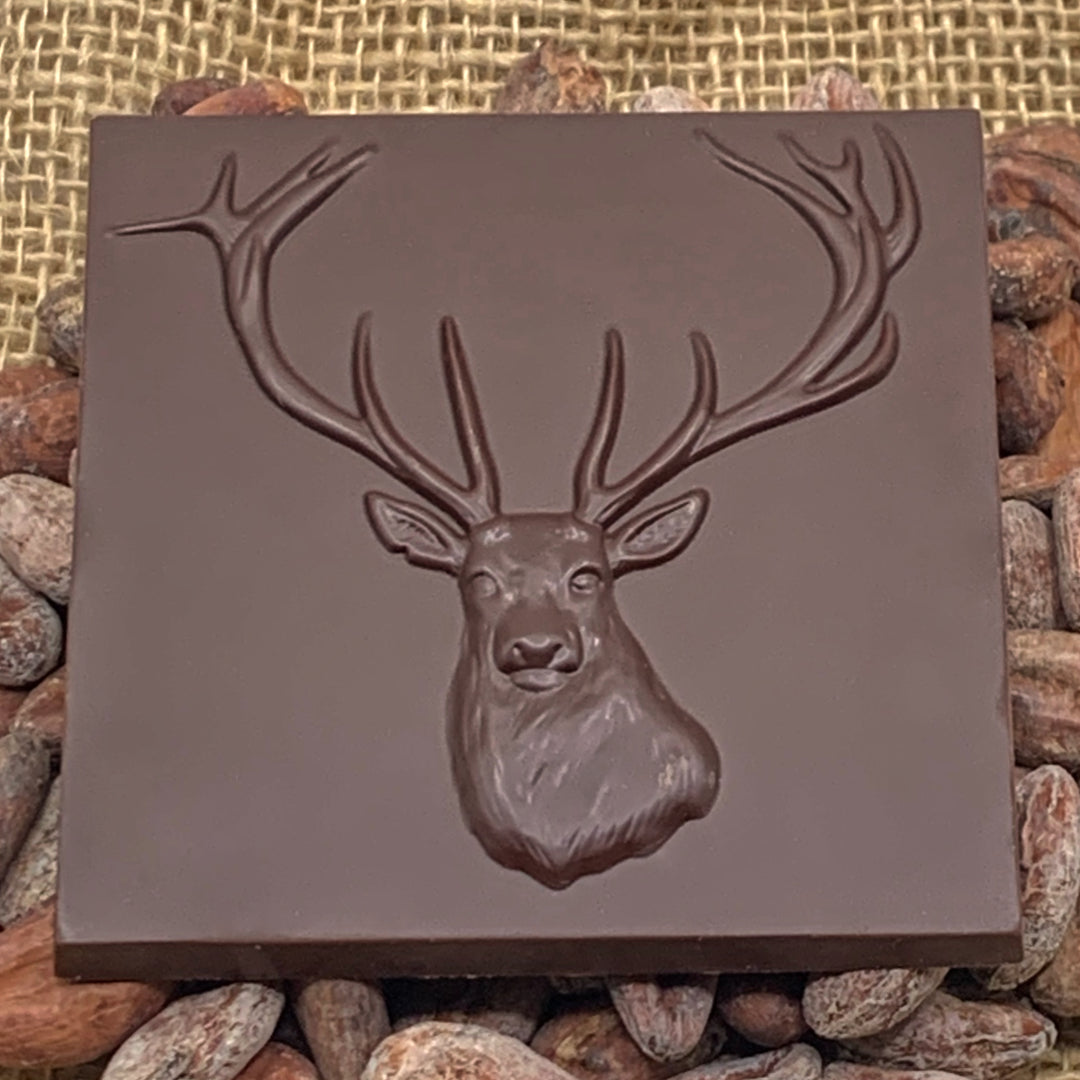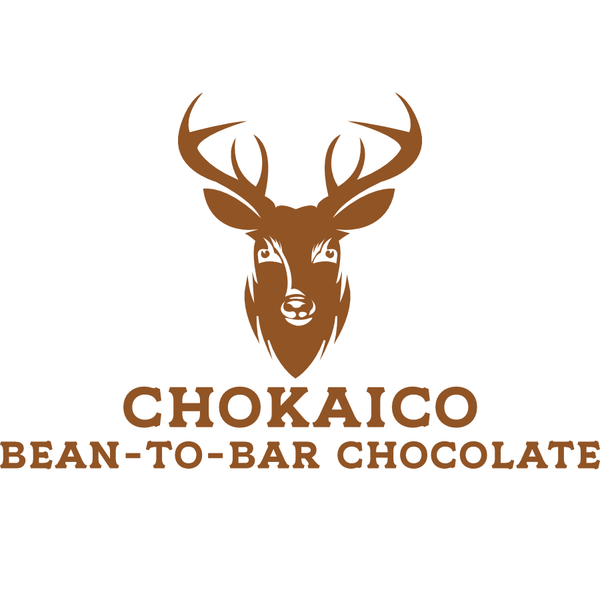Tranquilidad 70% Dark Chocolate -Wild Harvest -Beni Region, Bolivia
Tranquilidad 70% Dark Chocolate -Wild Harvest -Beni Region, Bolivia
No se pudo cargar la disponibilidad de retiro
2024 Wild Harvest
All organic ingredients.
Provenance: Beni Region, Bolivia.
The chocolate aromas and flavors are bold and undeniably fragrant. They feature sweet, dark, vibrant fruits, tamarind hints, raisins, and a long-lasting, rich chocolate aftertaste that will leave you wanting more.
This chocolate bar is pricier than most of our bars because it is harvested in the wild jungles of Bolivia. The logistics of getting it to the United States are not cheap, and the beans are tiny, making it much harder to work with them to make a great chocolate bar. However, the results are well worth the time.
Ingredients in this chocolate bar: Heirloom Beniano cacao beans, organic cane sugar, and cacao butter.
About the main ingredient, cacao!
PRODUCER/COLLECTORS: Tranquilidad Natural Forest Estate of around 600 hectares is owned by Volker Lehmann and his family as a private enterprise. In over 15 years, Volker Lehmann increased the Wild Harvest activities all over the Beni department in areas of the size of Germany, involving hundreds of mainly indigenous families and dozens of organizations. Since 2014, after receiving the HCP recognition for Tranquilidad, production has been concentrated in Tranquilidad and neighboring collection areas between the villages of Huacaraje and Baures. All cacao is fermented and sundried at the Tranquilidad fermentation and drying facility.
HARVEST AND PEOPLE
Harvest time in Tranquilidad is once a year between mid-December and mid-February. It could vary depending on the appearance of the rainy season, starting in October and ending around the end of May. The amount to harvest per tree varies also from year to year. In general, the amount per tree is small, as are the pods and the beans, which are half the size of cultivated cacao varieties. The cacao trees grow tall in their natural habitat and can reach 8–10 meters. People harvest the lower trunk by hand and use long sticks with a wire sling to get to the fruits in the upper parts. Sometimes, they climb into the tree when there are many fruits, or they get eaten by monkeys and birds.
The people like to come early in the morning, when mosquitoes are still less active, to collect in small groups or by family and make piles of pods. After 2-3 hours, they sit at the piles and open the pods, placing the fresh beans in bags. Once full, the bags hang on poles to collect the dripping juice that people love to drink right there and to sell some in the villages. After that, between noon and early afternoon, they bring the bags by foot or on bikes to the harvest center, where they are weighed and paid directly by weight and quality. The price is generally agreed upon at the harvest's start and varies if there are more or less to pick. People are free to sell to the best offer or take home.
The beans then go straight into specially designed wooden fermentation boxes. The post-harvest protocol was developed in 2003 and is mainly adapted to the size of the beans, including slow sun drying.
Share




